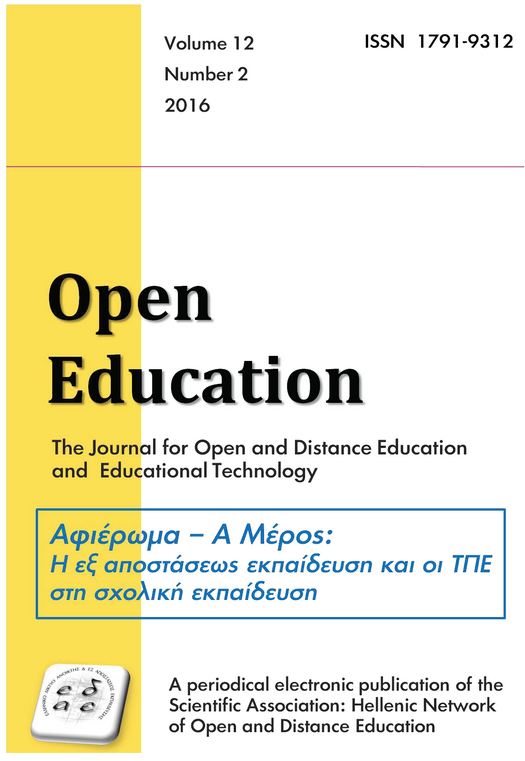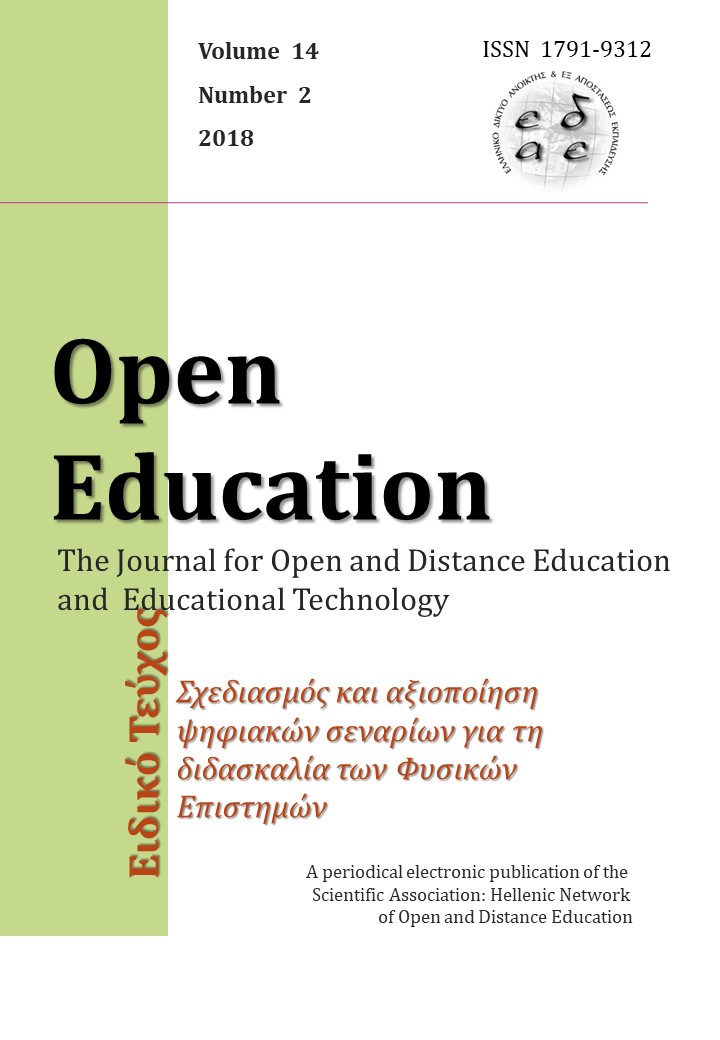Η Ανεστραμμένη Τάξη στη Σχολική Εξ Αποστάσεως Εκπαίδευση: Μια Ανασκόπηση της Διεθνούς Εμπειρίας
Abstract
Η πανδημία του κορωνοϊού COVID-19 δημιούργησε μια πρωτοφανή πίεση προς τα εκπαιδευτικά συστήματα να εφαρμόσουν την εξ αποστάσεως εκπαίδευση, ως βασικό μεθοδολογικό εργαλείο για τη διεξαγωγή της εκπαιδευτικής διαδικασίας. Κατά το πρώτο κύμα της πανδημίας (Μάρτιος – Ιούνιος 2020), υπολογίζεται ότι περίπου 1.6 δισεκατομμύρια μαθητές σε όλο τον κόσμο, έμειναν εκτός του φυσικού χώρου του σχολείου. Την περίοδο αυτή ανέκυψαν σημαντικά ερωτήματα ως προς την ετοιμότητα των εκπαιδευτικών και των μαθητών να ανταποκριθούν στις απαιτήσεις της εξ αποστάσεως διδασκαλίας, με το ζήτημα της πρόσβασης στην τεχνολογία να δημιουργεί σοβαρούς περιορισμούς, ιδιαίτερα για μαθητές που προέρχονται από λιγότερο προνομιούχα κοινωνικά στρώματα. Ακόμη, όμως, και στις περιπτώσεις που η πρόσβαση στην τεχνολογία ήταν δεδομένη, ανοικτό παραμένει το ερώτημα κατά πόσο δημιουργούνται οι παιδαγωγικές προϋποθέσεις για την ουσιαστική εμπλοκή των μαθητών στη μάθηση. Με δεδομένο ότι η μελέτη της σχολικής εξ αποστάσεως εκπαίδευσης, όπως εφαρμόζεται κατά το τελευταίο εξάμηνο με τα δεδομένα που δημιούργησε η πανδημία COVID-19, αξιοποιεί την παιδαγωγική συζήτηση για τη διδασκαλία και τη μάθηση σε εξ αποστάσεως περιβάλλοντα, η παρούσα εργασία επιχειρεί να αποτυπώσει τη διεθνή εμπειρία για τον τρόπο εφαρμογής της ανεστραμμένης τάξης ως εκπαιδευτικής προσέγγισης στην Πρωτοβάθμια και τη Δευτεροβάθμια εκπαίδευση.
Article Details
- Zitationsvorschlag
-
- Ausgabe
- Bd. 17 Nr. 1 (2021)
- Rubrik
- Μέρος πρώτο / Section 1







